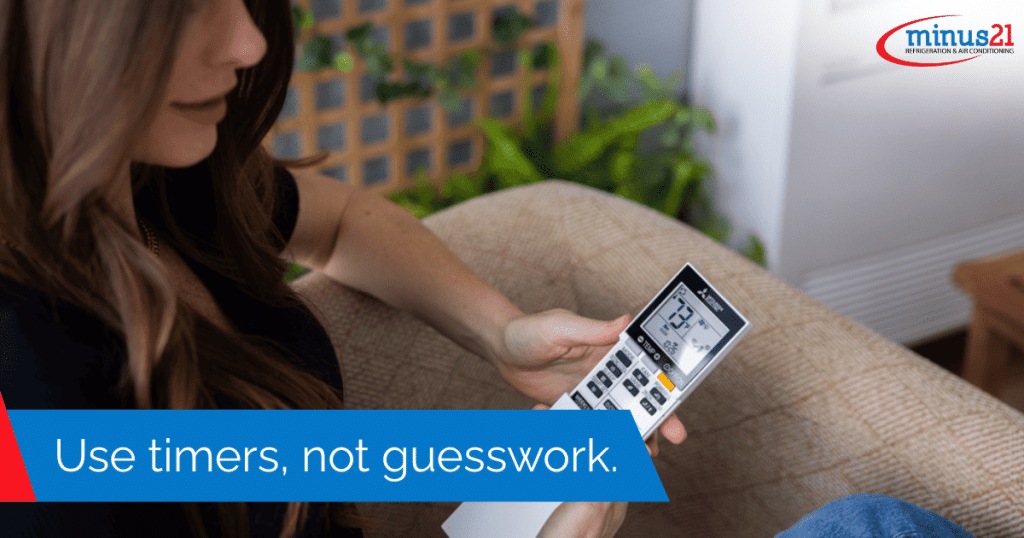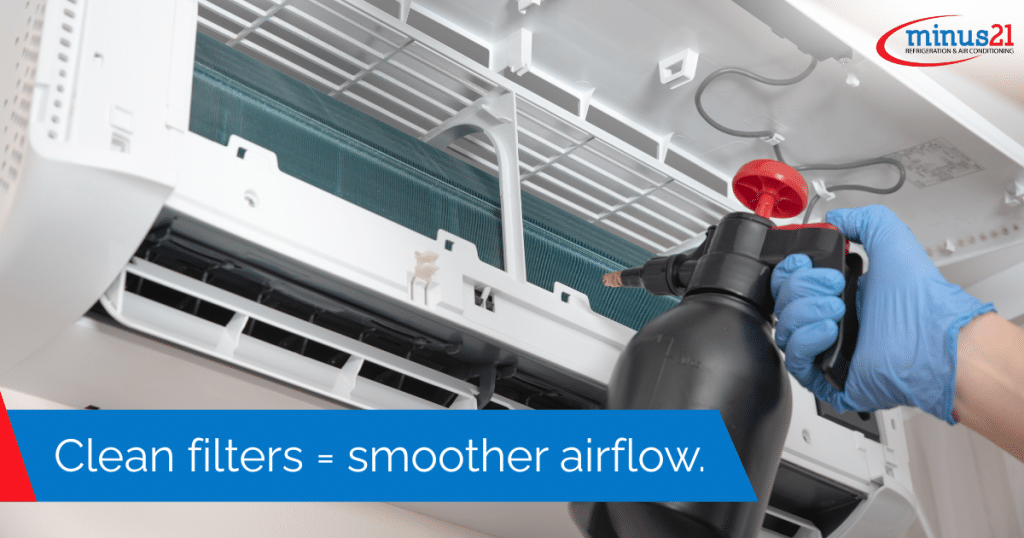A well-installed heat pump is built to last, but only if it gets the care it needs. Most issues that affect performance or lead to early failure start with minor oversights. The good news is that basic maintenance does not need to involve tools or trade skills. With a few steady habits, anyone can protect their unit and keep it working properly through every season.
Whether you live in a city flat, a rural home, or a family property in the suburbs, these habits apply across the board. They do not require much time, and most can be handled with a quick look or a simple setting. If your goal is to stay comfortable while keeping running costs low, these thirteen practical steps will help your heat pump stay efficient and dependable for years to come.

Your outdoor unit works hard in all weather. It needs clear space around it to take in and release air. When it is surrounded by overgrown plants, leaf build-up, or stacked objects, airflow becomes restricted. This causes the system to work harder, which can shorten its life and affect its ability to heat or cool properly.
It helps to check the area every month or so, especially after storms or garden work. Give it a quick clear-out if you see leaves or loose material nearby. Aim to keep at least a metre of space around the unit on all sides. This small habit can prevent long-term airflow issues that often go unnoticed until there is a problem.

Many people still switch their heat pump on and off several times a day, either because of changing temperatures or daily routines. This can add stress to the system and lead to uneven room temperatures. Using the built-in timer function lets you run the unit only when needed and avoid accidental overuse.
If you set it to start shortly before you wake up or arrive home, the room will already be comfortable by the time you need it. You also avoid having the unit run too long or be left on by mistake. Regular use of timers allows for more consistent indoor temperatures and protects the heat pump from unnecessary strain.
Not every day calls for heating or cooling. When temperatures are comfortable but the air feels still or stuffy, switching to “Fan Only” mode gives you fresh air circulation without using the heating or cooling system. This uses far less energy and places almost no load on the compressor.
It is especially useful in spring or autumn, when outside temperatures vary during the day. You still get airflow and comfort indoors, but the main systems rest during periods when they are not really needed. The result is a lighter workload overall and a slower build-up of wear across the year.
It is common to bump the temperature up and down throughout the day. However, this habit causes the system to stop and start more often, and each reset can draw extra power and reduce efficiency. Choosing a steady temperature and leaving it alone allows the heat pump to run more smoothly.
A balanced temperature also avoids dramatic swings, so the system does not have to catch up or work overtime to reach the new setting. Once you find a level that suits your comfort, try to keep it steady. This helps manage both energy use and long-term reliability.

Dust and debris build up inside your indoor filters, and if left too long, this build-up restricts airflow and forces the system to work harder. A blocked filter can reduce heating and cooling performance and increase power use. Worse, it may also allow dust to spread through your home.
The fix is simple and fast. Most heat pump filters can be removed with a light click, wiped clean, or washed under running water, then left to dry before placing them back. Doing this every two to three months keeps the system clean, reduces load, and ensures proper air circulation.
Heat pumps are designed to control indoor temperature within a defined space. When warm or cool air escapes through open doors or windows, let in by the sun or a draft, the system has to work harder to maintain comfort. Closing off unused rooms and drawing curtains helps contain the temperature inside.
This habit does not require a lot of effort, but it makes a clear difference in both comfort and power use. You will notice faster heating or cooling and a quieter operation because the unit does not have to work as long or as hard. That reduction in workload extends its service life.
On muggy days, especially during warmer months, your home might feel uncomfortable even when it is not hot. “Dry Mode” is a useful function that draws out excess moisture without overcooling the room. It runs at low power and gives the compressor time to rest between cycles.
This setting is ideal for humid regions or after heavy rain. You avoid the discomfort of clammy air and take pressure off the main cooling function. While not everyone uses this mode regularly, it is a handy option that improves comfort while reducing overall strain on the unit.
It might seem harmless to place a shelf, plant, or frame near your heat pump, but anything that blocks airflow makes it harder for the system to heat or cool evenly. If the indoor unit is obstructed, it will work inefficiently and may leave parts of the room unaffected.
It also risks causing the unit to cycle on and off more often as it misreads the room temperature. Keep the space around the unit clear by at least half a metre. This allows better air circulation and helps your settings perform as intended. A clear wall means better performance with less effort from the system.
New sounds from your heat pump should not be ignored. While a quiet hum or whoosh is normal, any grinding, buzzing, or repeated clicking might point to loose parts, blockages, or internal issues. Often, these are easy to fix when caught early.
Listening to your unit now and then allows you to spot changes before they turn into expensive repairs. If something sounds different, contact a professional for a check-up. In most cases, sorting it early prevents deeper damage and keeps your unit in better working shape for longer.
Some households run their heat pump all day at maximum temperature to battle extreme weather. While this can help in short bursts, running constantly at peak settings creates steady stress on internal components. The system does not get rest periods, which shortens its service life.
Instead, aim for comfortable but moderate settings, supported by curtains, insulation, and closed doors. Let the unit cycle naturally, and turn it off when it is not needed. Balancing usage like this protects your investment and keeps performance steady across both warm and cold months.
Even if your heat pump runs smoothly, it benefits from an annual professional check. Technicians can clean deeper components, test electrical parts, and assess efficiency. They also catch minor faults early, which avoids major issues during winter or summer.
This yearly appointment is a small cost compared to major repairs or replacement. It gives peace of mind, better air quality, and stronger performance. Most providers, like Minus 21, offer tailored servicing that works around your schedule—booking this once a year protects your system and helps it run at its best.
Running your heat pump at full strength overnight may keep you warm or cool, but it also increases wear and raises power bills. Sleep Mode adjusts the temperature slowly and reduces fan speed as the night progresses, matching your natural body temperature shifts.
This mode allows you to stay comfortable while lowering strain on the unit. You still get a good night’s rest, but without the energy use and mechanical stress of the whole operation. Over time, this habit supports longer system life and lower usage costs without sacrificing comfort.
Knowing when to call a professional is part of looking after your heat pump. If something feels off or if you are unsure about a setting, it helps to speak to someone who knows the systems inside and out. Minus 21 has experience across installation, repair, and care in homes just like yours.
As a local provider in Levin, Minus 21 offers straightforward advice and practical support, not sales pressure. Whether you need a new system or just want help getting the most out of your current one, their team is ready with service that suits both your unit and your budget.
Heat pumps are one of the most energy-conscious ways to heat and cool a home in New Zealand. But like any system, they last longer and work better when given the proper care. You do not need to be a technician or spend hours on upkeep. A few simple habits, done regularly, make all the difference.
Check your filters. Keep the outdoor unit clear. Use settings that match your comfort rather than overloading the system. These small efforts add up. And when professional help is needed, Minus 21 is available with friendly, local service that keeps your home comfortable without stress.